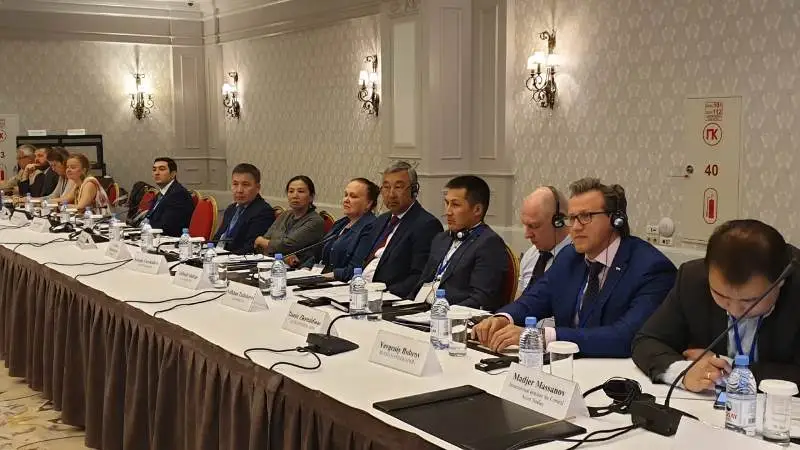Underwater kingdom: Over 80 shipwrecks and structures remain at the bottom of the Caspian Sea

In 2001, UNESCO adopted the Convention on the Protection of the Underwater Cultural Heritage, which is the response of the international community for the years of commercial exploitation, illegal trade and unethical restoration of archaeological artifacts discovered underwater, not oceans only but also inland waters, such as lakes and rivers.
According to UNESCO, there are 3 million shipwrecks on the ocean floor. Traces of more than 150 cities submerged in the Mediterranean have been found. These objects, as well as the most valuable historical information, the carriers of which they are, are in danger.
Chihiro Nishikawa, Programme Specialist, UNESCO Convention on the Protection of the Underwater Cultural Heritage, reminded that the Caspian Sea is the largest inland water body of water in the world. According to information available, there are over 80 sunken and abandoned ships and metal structures in the Caspian Sea and its littoral area. However, archaeological studies of the Caspian Sea and the underwater zones of the region are underdeveloped, and there is not much information and research on the underwater cultural heritage that would cover the entire region, she said.
Besides, the meeting provides an opportunity for representatives of the Caspian littoral countries, as well as other countries, to gather and discuss issues of the protection and the potential of the underwater cultural heritage in each individual country and the region as a whole.
Athena Trakadas, an international expert from Denmark, said that at the bottom of the sea, there is a massive archaeological heritage, probably, around 20,000 objects that should be preserved and explored. She emphasized that underwater heritage protection is part of the culture. Also, Athena Trakadas holds that there are economic benefits.
The meeting brought together representatives of government agencies and experts in charge of the implementation of policies for the protection of cultural heritage in the countries of the Caspian Sea Region, as well as the National Commission for UNESCO, archaeologists and cultural heritage specialists.
In attendance are representatives of Kazakhstan, Azerbaijan, Russia, Armenia, Georgia, Kyrgyzstan, Tajikistan, to name but a few.
The UNESCO Regional Meeting on the Protection of the Maritime, Coastal and Underwater Cultural Heritage of the Caspian Sea Region is held from 21 to 23 May.
